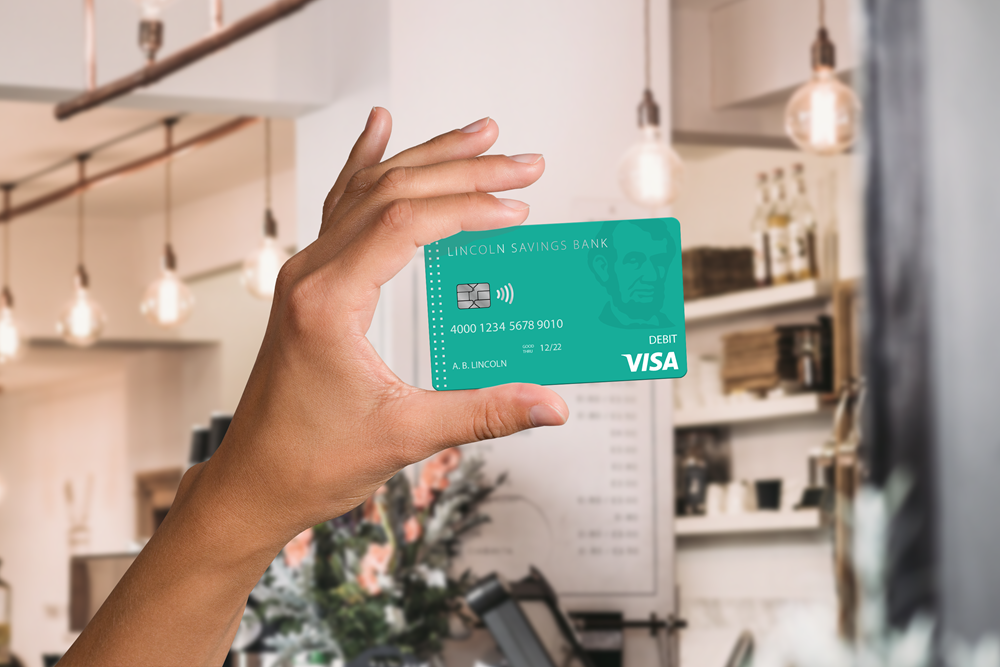
If you’re having trouble paying bills or saving money, a budget can help. Tracking your income and expenses can reduce money worries and help you reach your financial goals. But it can be hard to stick to a budget when unexpected expenses arise or you’re tempted to overspend. Fortunately, it’s easier to manage your money when you have a plan for spending less and saving more.
Here’s how:
Tally up your income from all sources. Add up the wages from your regular job, as well as any other sources such as alimony, investments, and side hustles. Knowing how much money you have coming in each month will help determine the maximum amount you can spend. Understanding your available income is essential for setting realistic budgeting goals.
Add up your fixed expenses. Fixed expenses are bills that stay the same month to month, such as rent, auto insurance, and student loan payments. Look at bank statements, paper and e-receipts, and other relevant documents to arrive at the correct figure. If you’ve been padding your payments, make sure to use the minimum required amount in your total so you can create an accurate fixed-expense baseline.
Estimate your variable expenses. Variable expenses, such as food and entertainment, can take more work to estimate. Like fixed expenses, you should still review recent bank statements, receipts, and other documents. This time, ensure you include monthly expenses and any quarterly and annual bills. It’s easy to forget about seasonal bills, like lawn care. Underestimating expenses is one of the surest ways to get off track.
Calculate your net income. Subtract expenses from total income and the amount leftover is your net income. This amount can be used to build an emergency savings fund, grow your retirement nest egg, or reach another financial goal. If the figure is negative, think about earning extra money, cutting expenses, or both.
Search for ways to lower necessary bills. This could include going paperless with a biller to get a discount on your monthly charges or switching to a different mobile plan. You might also negotiate a lower payment with a service provider or secure a better interest rate with a credit card company by contacting them and exploring your options.
If you have little or no disposable income, you might need to change your lifestyle to create breathing room in your budget. For example, split household expenses by getting a roommate or lower your car payment by replacing your newer vehicle with a less expensive model.
Eliminate or pause unnecessary bills. Adjust your spending by cutting back on entertainment, dining out, and streaming services. Making a few changes could free up cash in your budget and let you redirect those funds toward savings or another desired expense.
Choose a budgeting method. After you’ve reviewed your income and expenses and identified areas of improvement, stay on track by committing to a budgeting method that matches your personality. One of the simplest budgets to follow is the 50/30/20 budget, which requires that you divide your spending into three main categories: needs (50% of your earnings), wants (30% of your earnings), and savings (20% of your earnings).
No matter which budget you choose, regularly assess your progress to avoid overspending.
Reduce stress and achieve your financial goals when you use a budget to manage your cash flow. Get started with our free "How Much Am I Spending?" calculator, or contact us for personalized budget help by calling (800) 588-7551.


